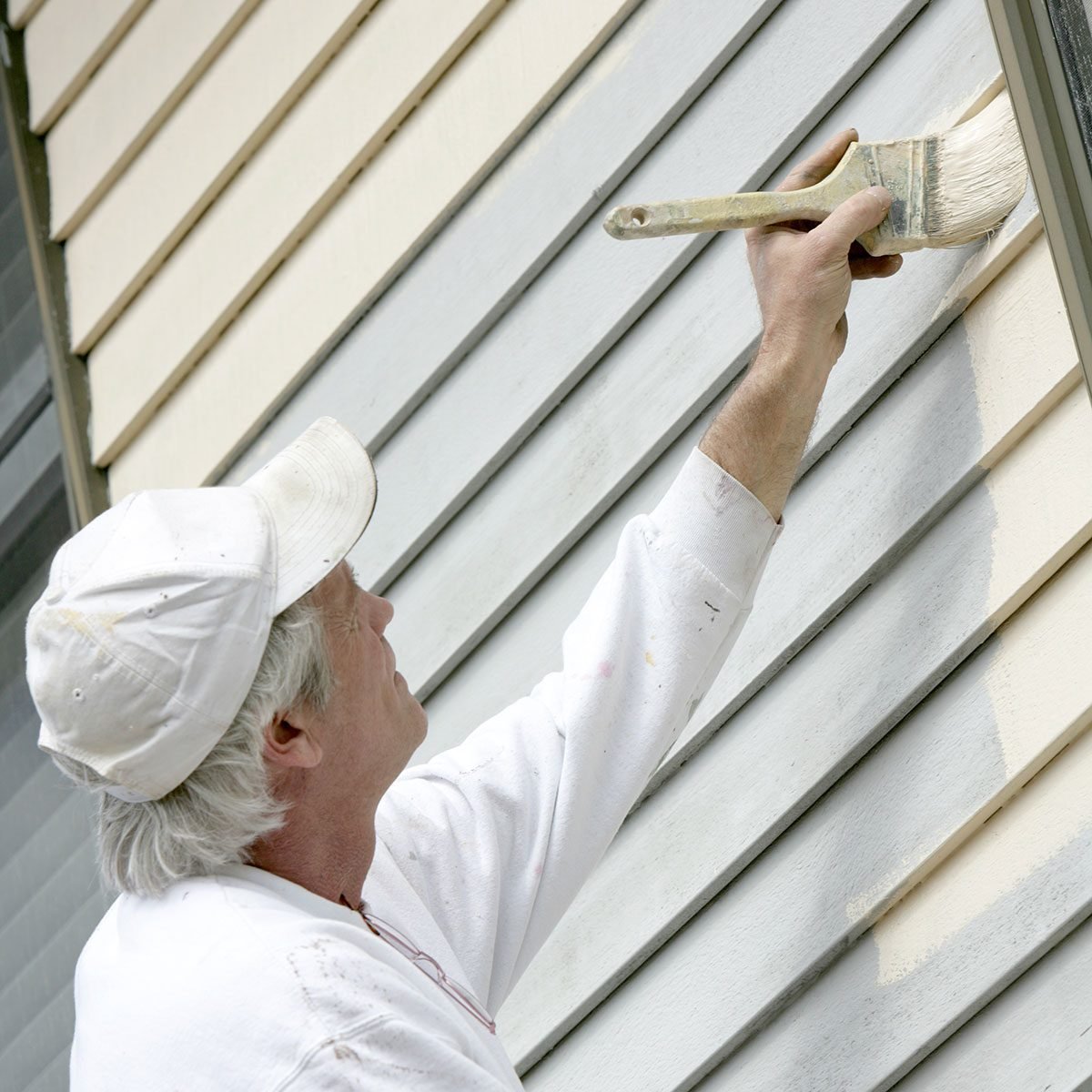

Articles
How Do You Paint Aluminum Siding
Modified: January 8, 2024
Discover effective techniques and tips for painting aluminum siding in our collection of informative articles. Enhance the look of your home with professional-grade advice and achieve long-lasting results.
(Many of the links in this article redirect to a specific reviewed product. Your purchase of these products through affiliate links helps to generate commission for Storables.com, at no extra cost. Learn more)
Introduction
Aluminum siding is a popular choice for homeowners due to its durability, low maintenance, and ability to withstand harsh weather conditions. However, over time, the exterior appearance of aluminum siding can start to fade or become worn. If your aluminum siding is in need of a refresh, painting it can be a cost-effective solution to give your home a fresh, new look.
In this article, we will guide you through the process of painting aluminum siding, from understanding the material to properly preparing the surface, choosing the right paint, priming, application techniques, and long-term care. Whether you are a DIY enthusiast or considering hiring a professional, this comprehensive guide will provide you with the knowledge and tips you need to successfully paint your aluminum siding.
Before we dive into the painting process, it’s important to note that proper preparation and using the right materials will be key to achieving a long-lasting and professionally finished result. Taking the time to do it right will ensure that your newly painted aluminum siding adds value to your home’s curb appeal and protects your siding for years to come.
So, without further ado, let’s explore the world of painting aluminum siding and get your home looking its best!
Key Takeaways:
- Proper preparation, including cleaning, repairing, and priming, is crucial for achieving a long-lasting and professional finish when painting aluminum siding. Investing time in preparation will ensure the paint adheres properly and provides optimal protection for your home’s exterior.
- Caring for painted aluminum siding involves regular cleaning, prompt repairs, and preventative measures to protect against damage. By following these care tips, you can maintain the integrity and appearance of your painted siding, enhancing your home’s curb appeal for years to come.
Read more: What Paint Is Best For Aluminum Siding
Understanding Aluminum Siding
Aluminum siding is a type of exterior cladding that is typically made from sheets of aluminum alloy. It is a popular choice for homeowners due to its many advantages. First and foremost, aluminum siding is known for its durability. It is resistant to rust, rot, and insect damage, making it a long-lasting option for protecting your home’s exterior.
Another benefit of aluminum siding is its low maintenance requirements. Unlike other types of siding, such as wood or vinyl, aluminum does not need to be painted regularly or treated for pests. It is also easy to clean with just a hose and a mild detergent.
Aluminum siding is available in a variety of styles and finishes to suit different architectural designs and personal preferences. It can mimic the look of other materials, such as wood or stucco, providing homeowners with versatility in choosing a style that matches their desired aesthetic.
One thing to keep in mind when considering aluminum siding is its potential for denting. While aluminum is a strong material, it is not as impact-resistant as some other options. However, modern aluminum siding is designed to be more durable and dent-resistant than older versions. Additionally, smaller dents can often be easily repaired without the need for replacing entire panels.
Lastly, aluminum siding is an environmentally friendly choice. It can be recycled at the end of its lifespan, reducing waste and promoting sustainability.
Overall, aluminum siding offers homeowners a combination of durability, low maintenance, and customization options. Understanding the benefits and characteristics of aluminum siding will help you make an informed decision when it comes to painting and caring for your siding.
Preparing the Surface
Before painting your aluminum siding, proper surface preparation is crucial to ensure a smooth and durable finish. Taking the time to prepare the surface will help the paint adhere better and prevent issues such as peeling or flaking in the future.
Here are the steps you should follow to prepare the surface:
- Clean the siding: Start by cleaning the aluminum siding thoroughly to remove any dirt, grime, or mildew. You can use a pressure washer or a hose with a scrub brush attachment to scrub the surface. Be cautious not to use excessive pressure, as it can dent or damage the siding. If there are any stubborn stains or mildew, use a solution of mild detergent and water, or a specialized siding cleaner, following the manufacturer’s instructions.
- Repair any damage: Inspect the siding for any signs of damage, such as dents, holes, or loose panels. Repair or replace damaged sections before proceeding with painting. Use a putty knife to fill in small holes or cracks with an exterior-grade filler. For larger repairs, consider contacting a professional to ensure the best results.
- Sand the surface: Depending on the condition of your aluminum siding, you may need to lightly sand the surface to create a smooth and even base for the paint. Use a fine-grit sandpaper or a sanding block, and sand in the direction of the siding’s grain. Wipe away any dust or debris with a clean cloth afterwards.
- Protect surrounding areas: Cover any nearby plants, windows, or other surfaces that you don’t want to be painted. Use plastic sheeting or drop cloths to protect the surrounding areas from overspray or paint splatters.
By following these steps, you will ensure that the surface of your aluminum siding is clean, repaired, and properly prepped for painting. This will create an optimal environment for the paint to adhere and provide a smooth and long-lasting finish.
Choosing the Right Paint
When it comes to painting aluminum siding, selecting the right paint is essential to achieve a professional and long-lasting finish. Here are some factors to consider when choosing the paint for your project:
- Quality: Invest in a high-quality paint that is specifically formulated for exterior surfaces. Look for paints that are designed to withstand the elements and provide excellent adhesion to metal surfaces. These paints are typically more durable and resistant to fading, chipping, and peeling.
- Type of finish: Choose a paint with a satin or semi-gloss finish for your aluminum siding. These finishes are more resistant to dirt and easier to clean. They also tend to provide better protection against moisture and UV rays. Avoid using flat or matte finishes, as these may not provide adequate protection and can show imperfections more easily.
- Color selection: Consider the color of your aluminum siding as well as your personal preferences when selecting a paint color. Keep in mind that darker colors can absorb more heat and may fade faster over time, whereas lighter shades reflect heat and may be more suitable for hot climates.
- Compatibility: Ensure that the paint you choose is compatible with aluminum surfaces. Some paints may not adhere well to metal or may react negatively with the aluminum. Look for paints that are specifically labeled for use on metal or aluminum siding.
- Environmental considerations: If you are concerned about the environmental impact of the paint, look for products that are low in volatile organic compounds (VOCs). These paints emit fewer harmful chemicals into the air and are safer for you and the environment.
It’s also a good idea to consult with a paint professional or the staff at your local paint store. They can provide valuable advice and help you choose the best paint for your specific needs and the climate in your area.
Remember, investing in high-quality paint will yield better results and save you money in the long run by reducing the need for frequent repainting.
When painting aluminum siding, make sure to clean the surface thoroughly before applying primer and paint. Use a high-quality acrylic latex paint for best results.
Priming the Siding
Priming the aluminum siding is a crucial step in the painting process as it helps create a smooth and even surface for the paint to adhere to. Priming offers several benefits, including improved paint adhesion, enhanced durability, and better coverage.
Here are the steps to prime your aluminum siding:
- Clean the siding: Before applying the primer, make sure the surface is clean and free of dirt, dust, and any other contaminants. Follow the same cleaning process mentioned earlier, using a mild detergent or specialized cleaner and a pressure washer or hose.
- Choose the right primer: Select a primer that is specifically formulated for use on metal surfaces. Look for a primer that offers good adhesion and corrosion resistance. It is recommended to use a bonding primer or an etching primer, as these are designed to promote paint adhesion and provide a strong bond between the siding and the paint.
- Apply the primer: Use a high-quality paintbrush or a paint sprayer to apply the primer to the aluminum siding. Start from the top and work your way down in small sections to ensure even coverage. Follow the manufacturer’s instructions regarding drying time and the number of coats required. It is generally recommended to apply two coats of primer for optimal results.
- Allow the primer to dry: Give the primer sufficient time to dry before moving on to the next step. This is important to ensure proper adhesion and to avoid any issues with the paint application later on. Refer to the primer’s instructions for the recommended drying time.
- Inspect and make touch-ups: After the primer has dried, inspect the surface for any imperfections or areas that may require touch-ups. Address any uneven spots or missed areas by applying an additional coat of primer.
Priming the siding provides a strong foundation for the paint and helps extend the life of your paint job. It improves the overall finish and ensures that the paint adheres properly to the aluminum surface.
Once the primer is dry and any necessary touch-ups have been made, you are now ready to move on to the exciting part – applying the paint!
Applying the Paint
Now that you have properly prepared the aluminum siding and applied the primer, it’s time to paint! Follow these steps to ensure a smooth and professional-looking finish:
- Choose the right paint application method: Depending on your skill level and the size of the project, you can choose to paint the siding using a brush, roller, or a paint sprayer. Each method has its pros and cons, so consider factors such as accessibility, speed, and desired finish. A paint sprayer can provide a more even and smooth application, but it requires more skill and equipment.
- Stir the paint: Before you start painting, thoroughly stir the paint to ensure an even consistency. This is especially important if the paint has been sitting for some time or if you are using multiple cans of paint. A paint mixer attachment or a stir stick can help with this process.
- Start from the top: Begin painting at the top of the siding and work your way down in small sections. This will help prevent drips and ensure a neat and uniform application.
- Apply thin, even coats: Use long, smooth strokes to apply the paint. Avoid applying too much paint at once, as it can lead to drips, uneven coverage, and a longer drying time. It’s better to apply multiple thin coats, allowing each coat to dry completely before applying the next one.
- Follow the paint manufacturer’s instructions: Different paints may have specific instructions regarding application techniques, drying time, and the number of coats required. Be sure to read and follow the instructions provided by the paint manufacturer to achieve optimal results.
- Take weather conditions into account: Ideally, choose a day with moderate temperature and low humidity to paint your aluminum siding. Extreme temperatures or high humidity can affect the paint’s drying time and overall performance. Additionally, avoid painting in direct sunlight, as it can cause the paint to dry too quickly and result in an uneven application.
Remember to take breaks and pace yourself during the painting process. It’s important to maintain a steady hand and apply the paint with care to achieve a professional finish. Once you have completed painting the entire siding, step back and inspect the surface for any missed spots or uneven areas. Touch up as needed and allow the paint to fully dry before moving on to the next step.
With the paint applied, your aluminum siding will begin to transform, giving your home a fresh and rejuvenated appearance!
Caring for Painted Aluminum Siding
Once you have successfully painted your aluminum siding, it’s important to implement proper maintenance and care to ensure its longevity and appearance. Here are some tips for caring for your painted aluminum siding:
- Regular cleaning: Wash your painted siding annually or as needed using a mild detergent and water solution. Avoid using abrasive cleaners or stiff brushes that could damage the paint. Rinse thoroughly with water and allow it to dry naturally.
- Inspect and address any issues promptly: Regularly inspect your siding for any signs of damage, such as chipping, cracking, or peeling paint. Address these issues promptly by sanding the damaged area, applying a primer, and then repainting to prevent further damage and protect the underlying aluminum.
- Avoid harsh chemicals and abrasive materials: When cleaning or removing stains from your painted siding, avoid using strong chemicals, solvents, or harsh abrasive materials. These can strip away the paint and damage the surface. Stick to mild cleaners and soft brushes or cloths.
- Trim nearby vegetation: Trim any trees, shrubs, or vines that may come into contact with your aluminum siding. These can cause scratches and damage to the paint over time. Maintaining a clear space between the vegetation and the siding will help preserve its appearance.
- Touch up as needed: Keep some extra paint from the original project in case you need to make touch-ups in the future. Small chips or scratches can be easily repaired by applying a primer and then painting over the damaged area.
- Protect against impact damage: Take preventative measures to protect your painted aluminum siding from potential impact damage. Avoid hitting your siding with lawn equipment, ladders, or other objects that may dent or scratch the surface. Be cautious during any home improvement projects around the siding to prevent accidental damage.
- Monitor moisture levels: Keep an eye on the moisture levels around your aluminum siding, particularly in areas that are prone to excessive humidity or water exposure. Ensure proper drainage and ventilation to prevent water from seeping into the siding and causing damage or paint failure.
- Consider regular inspections and maintenance: It’s a good idea to schedule periodic inspections and maintenance for your painted aluminum siding. Hire professionals to assess the condition of the paint, identify any underlying issues, and provide appropriate maintenance recommendations.
By following these care tips, you can protect the integrity and appearance of your painted aluminum siding, ensuring that it continues to enhance the curb appeal and value of your home for years to come.
Conclusion
Painting aluminum siding is an excellent way to refresh the exterior of your home and enhance its curb appeal. By following the proper steps and taking the time to prepare and care for your painted siding, you can achieve a professional and long-lasting finish that will protect your home for years to come.
Understanding the characteristics of aluminum siding, such as its durability and low maintenance requirements, helps you make informed decisions throughout the painting process. Proper surface preparation, including cleaning, repairing, and priming, is crucial to ensure a smooth surface that allows the paint to adhere properly.
Choosing the right paint, considering factors such as quality, finish, and compatibility, is key to achieving a professional outcome. Applying the paint with care and following the manufacturer’s instructions ensures a smooth and even application.
Caring for your painted aluminum siding involves regular cleaning, prompt repairs, and avoiding harsh chemicals and abrasive materials. By taking preventative measures, such as trimming vegetation and protecting against impact damage, you can extend the life of your painted siding.
Remember, painting aluminum siding is a job that requires time, patience, and attention to detail. If you are unsure or uncomfortable with the process, it is worth considering hiring a professional to ensure the best results.
Now armed with the knowledge and tips provided in this comprehensive guide, you can confidently embark on your journey to transform your home’s aluminum siding with a fresh coat of paint. Enjoy the process and the renewed beauty of your home’s exterior!
Frequently Asked Questions about How Do You Paint Aluminum Siding
Was this page helpful?
At Storables.com, we guarantee accurate and reliable information. Our content, validated by Expert Board Contributors, is crafted following stringent Editorial Policies. We're committed to providing you with well-researched, expert-backed insights for all your informational needs.
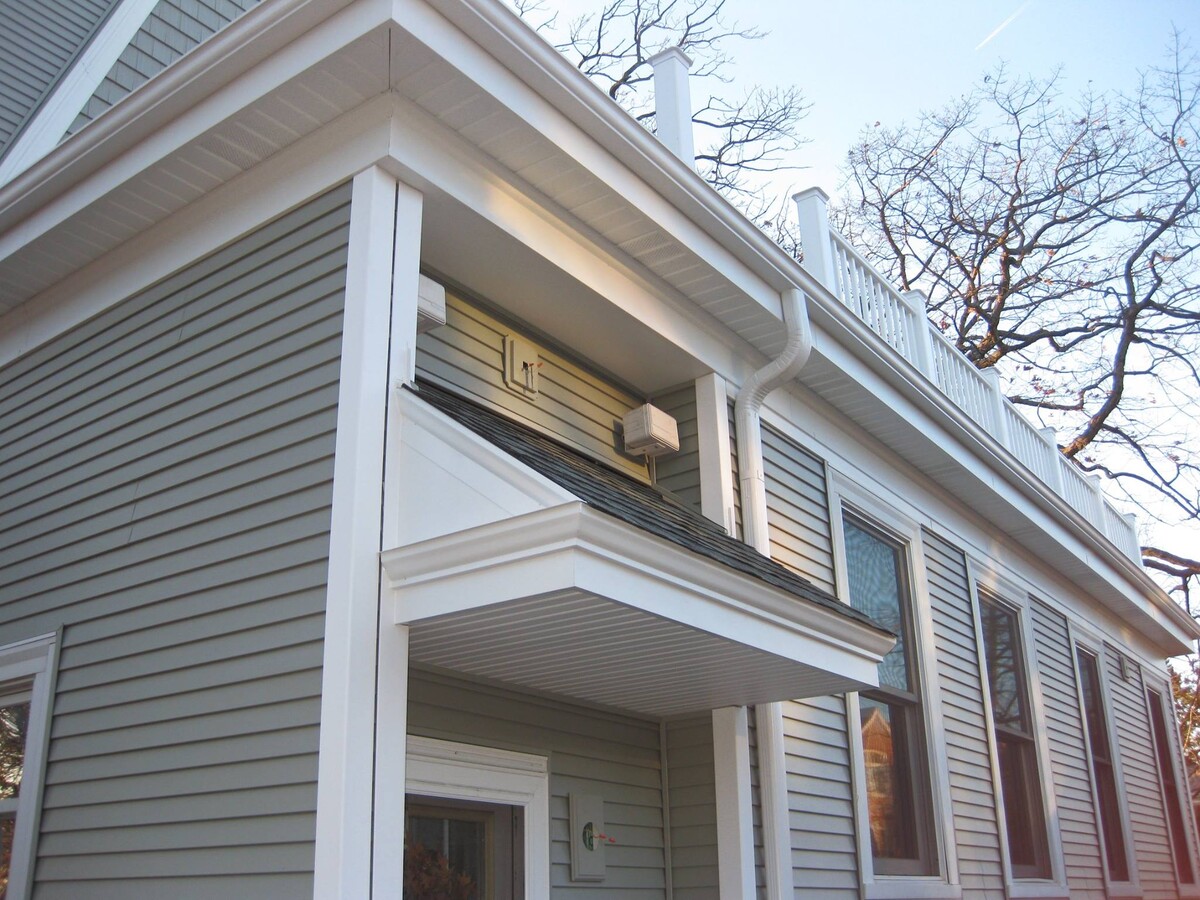
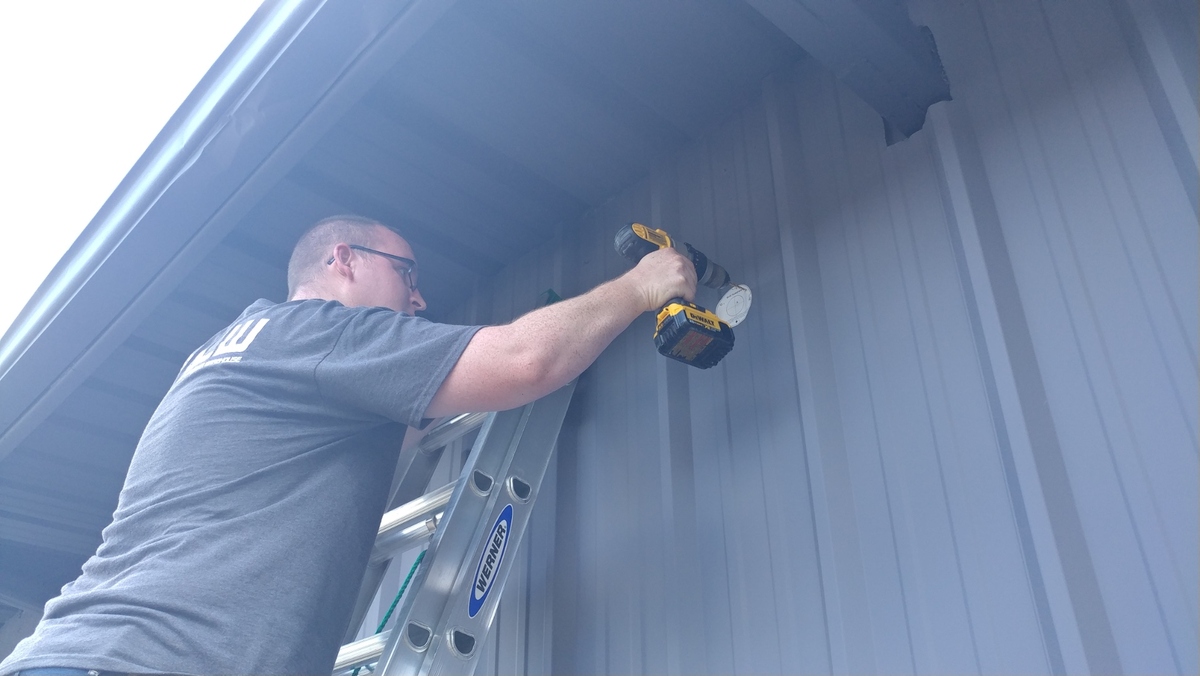
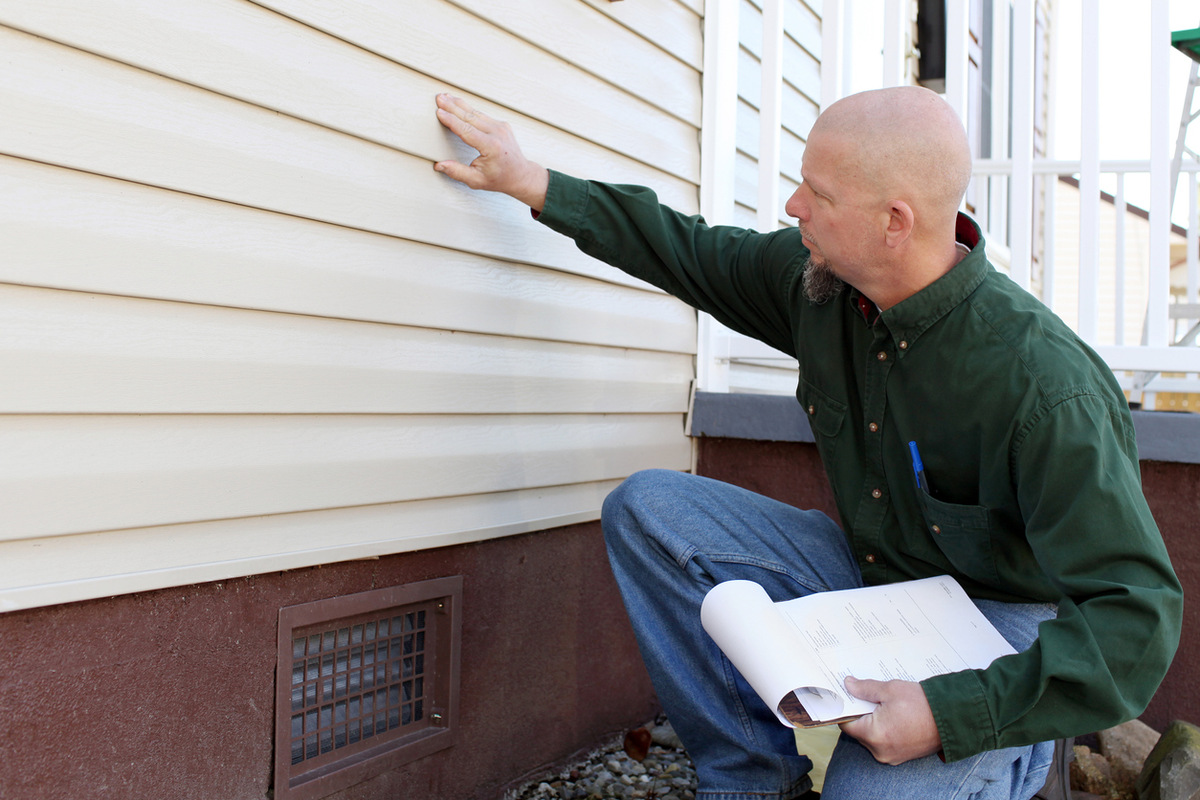
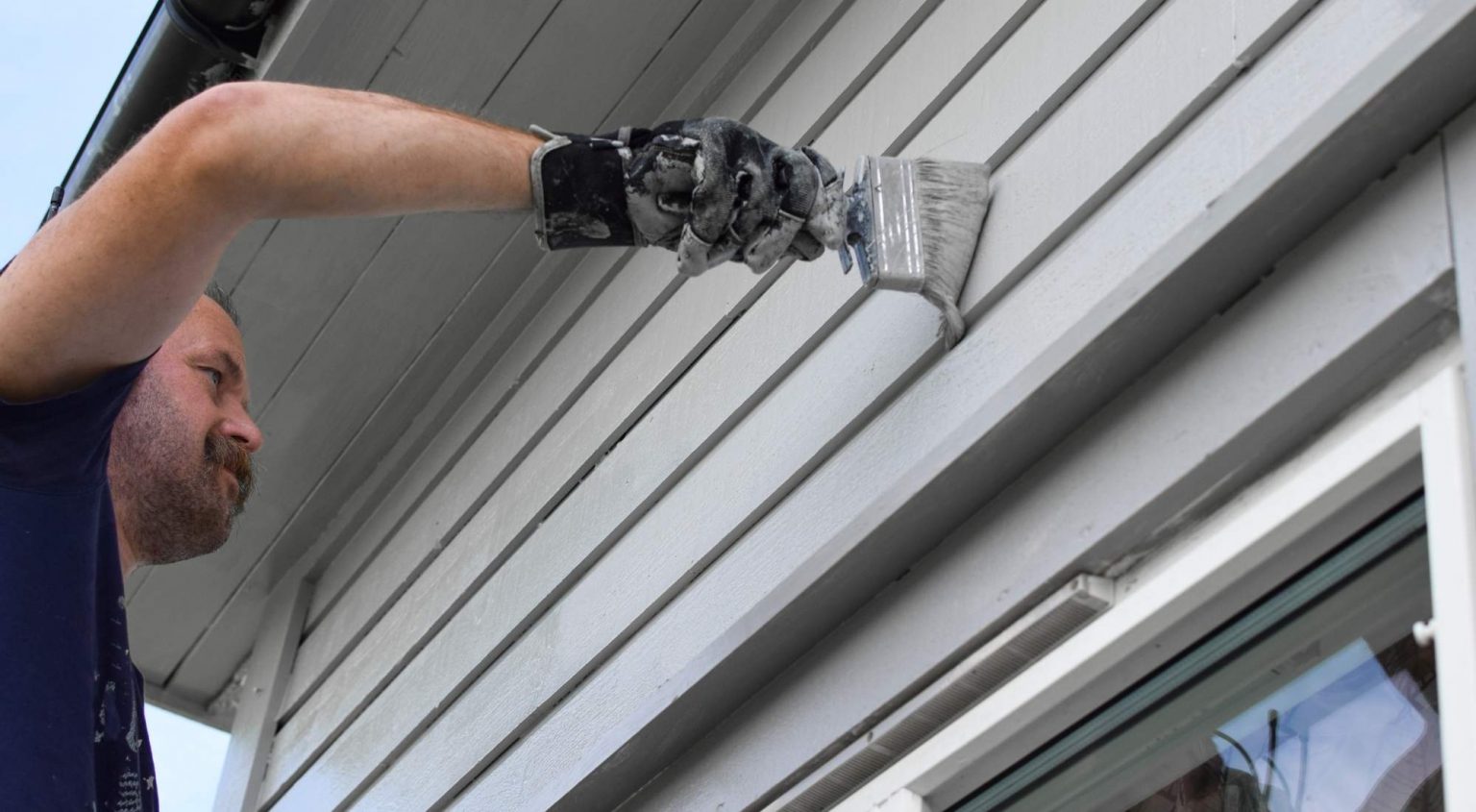
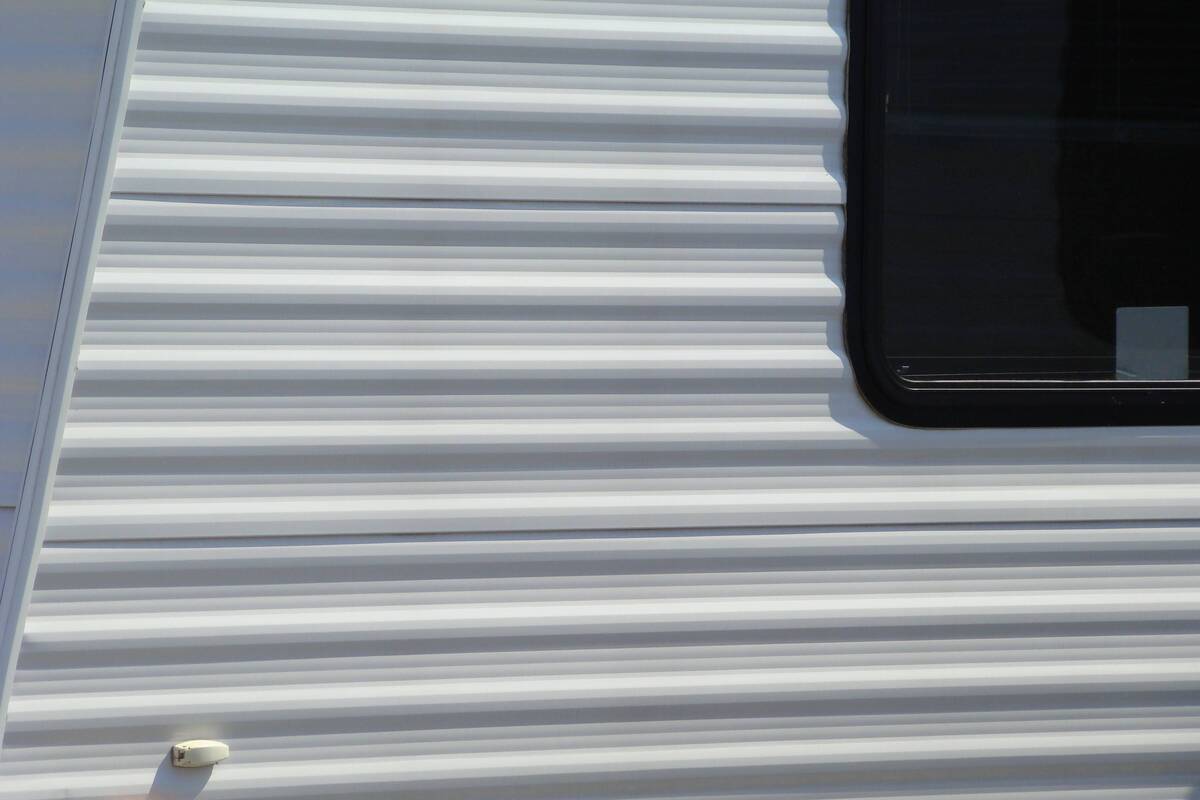
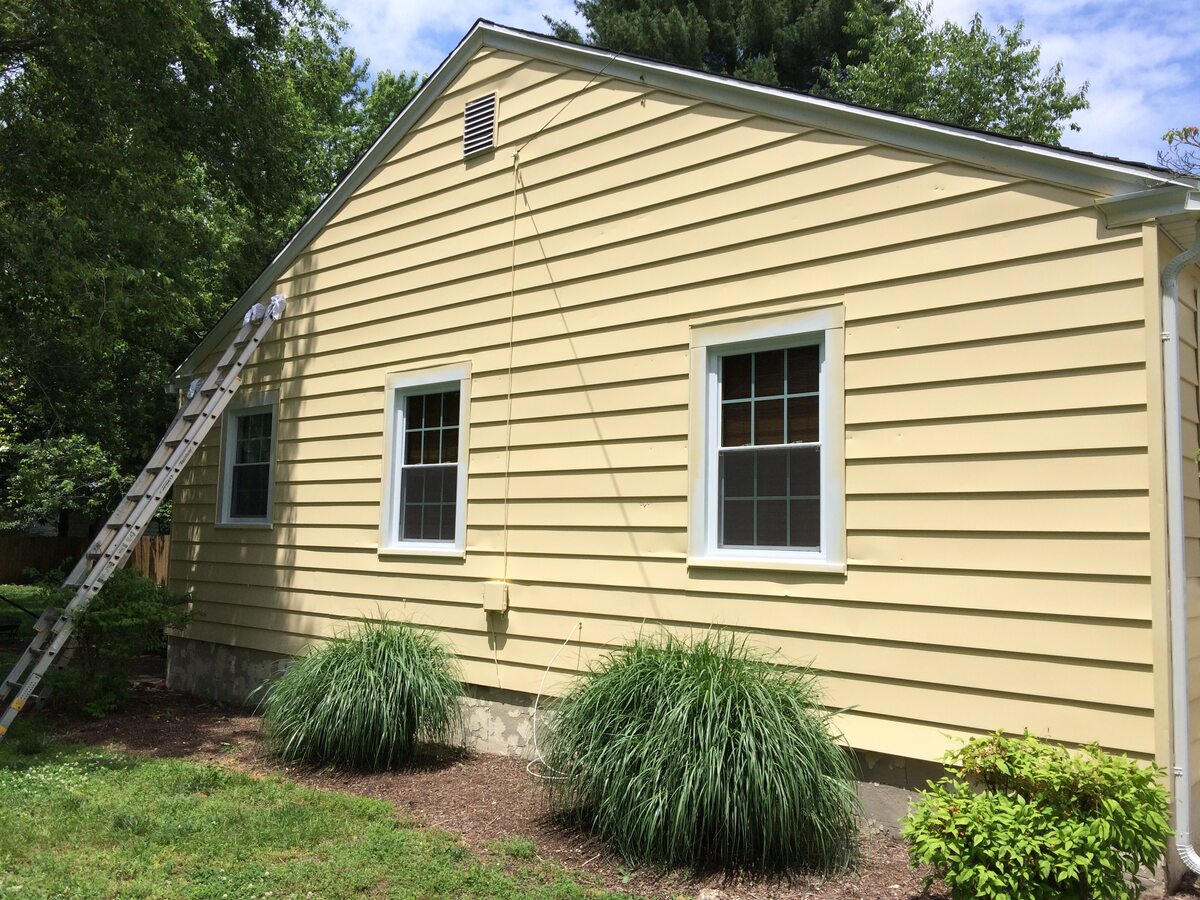
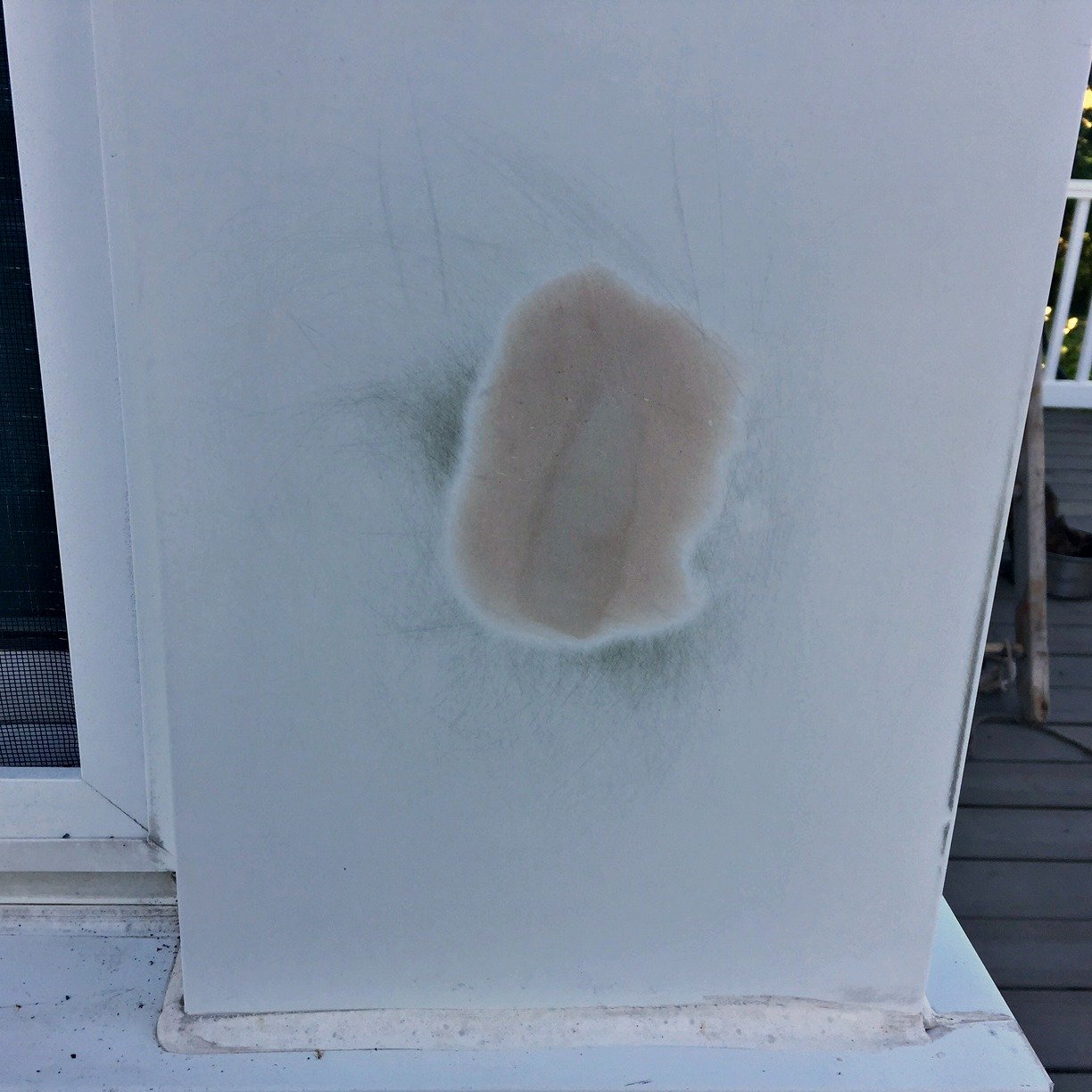

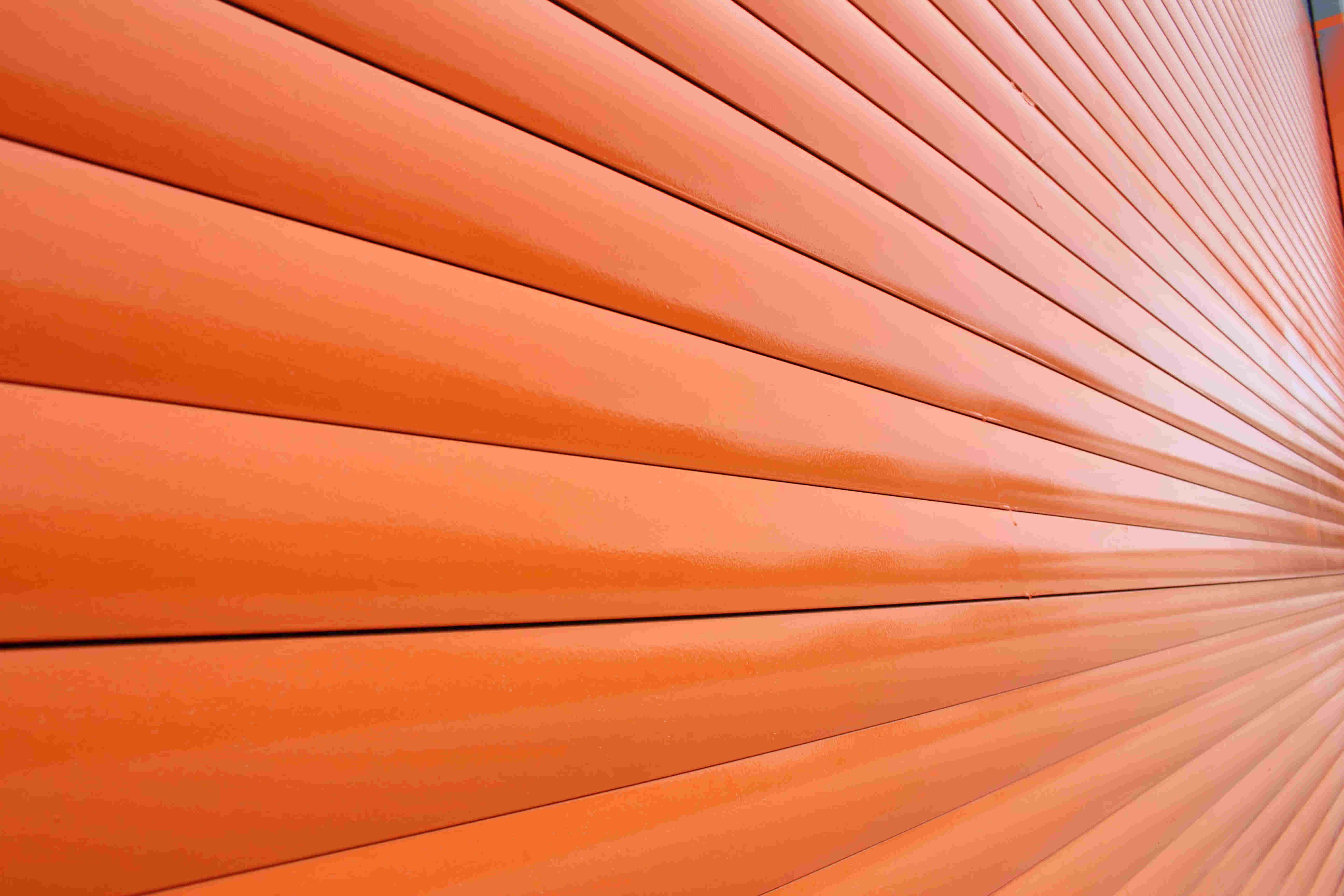

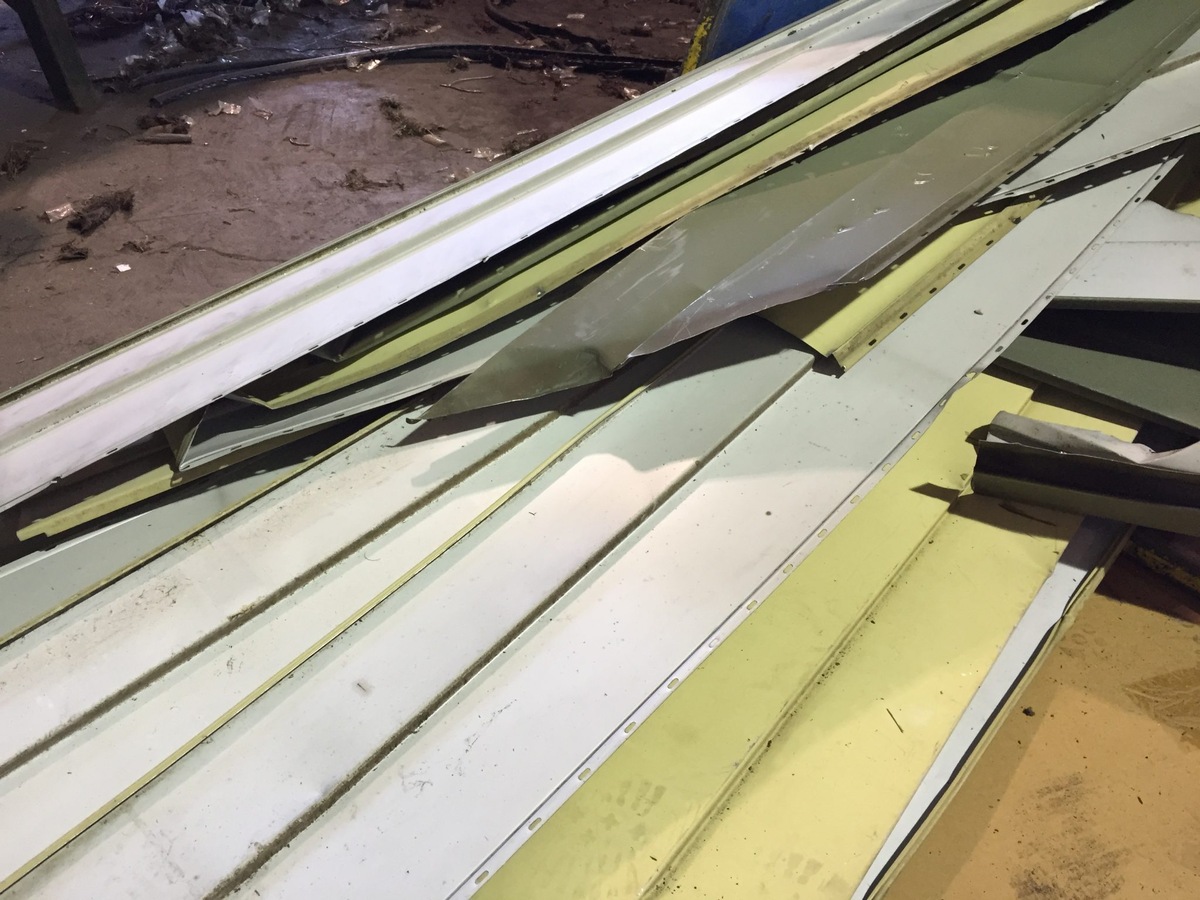
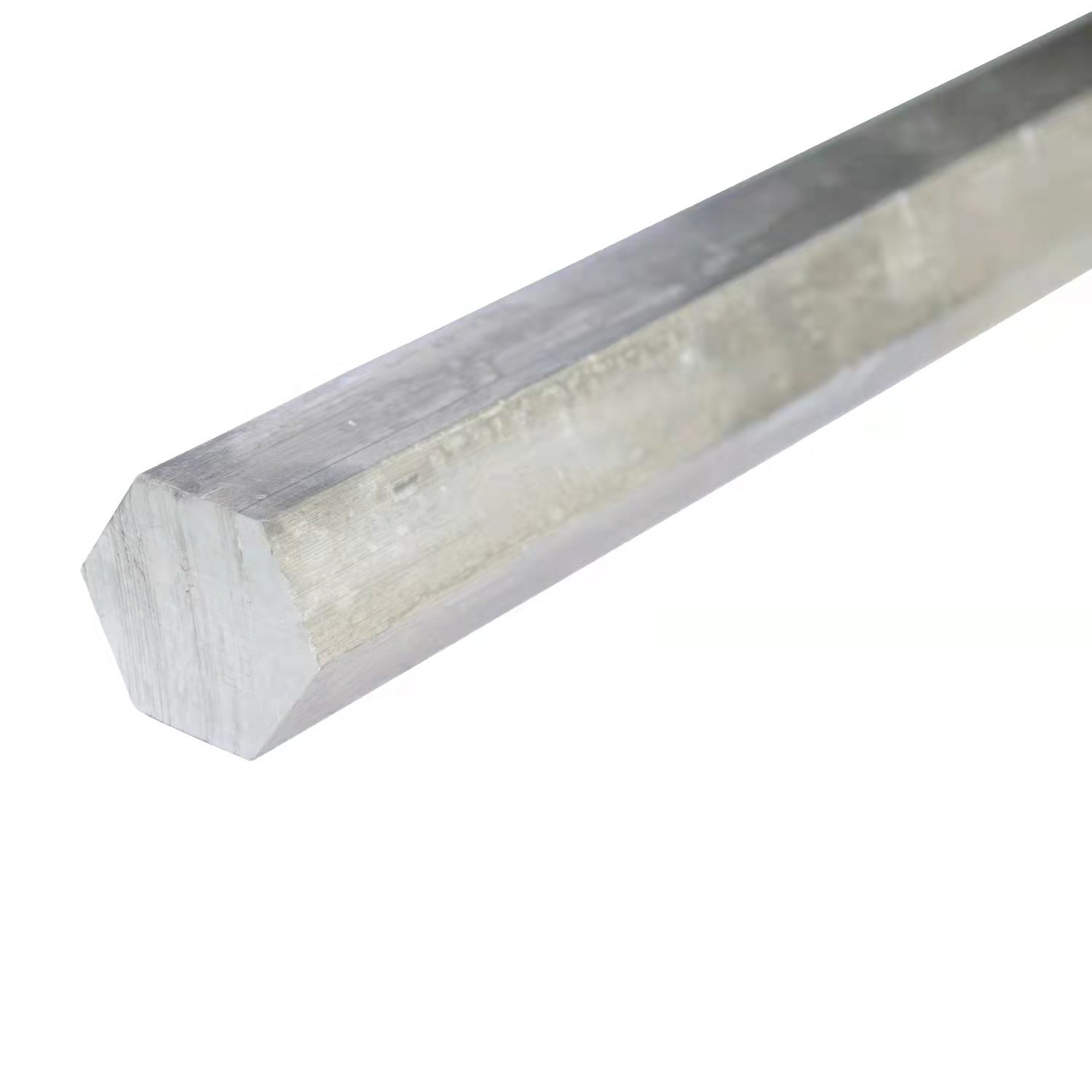
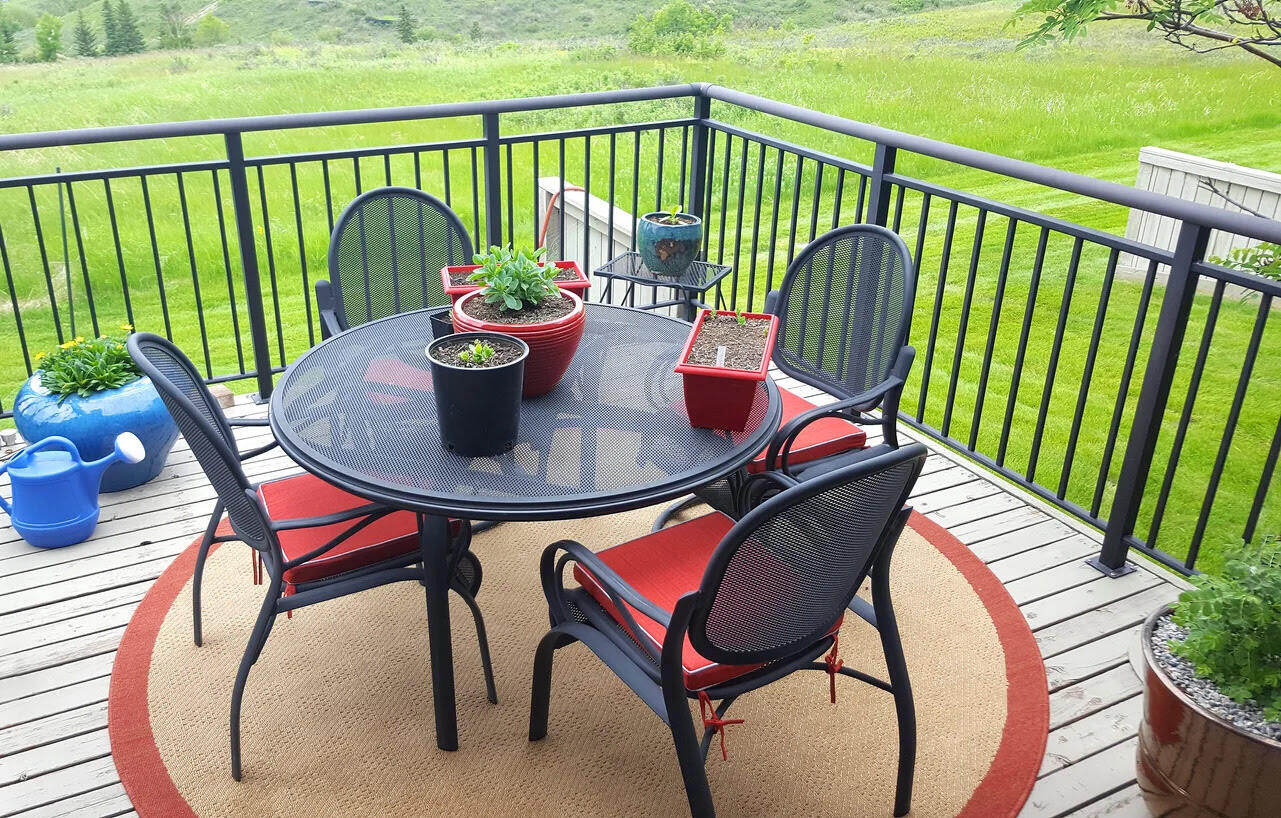


0 thoughts on “How Do You Paint Aluminum Siding”